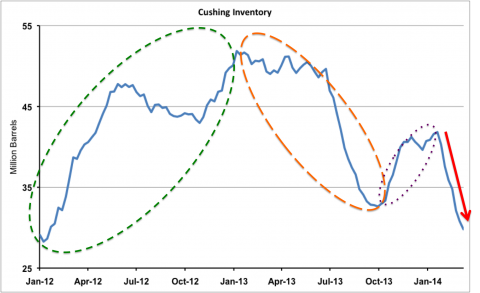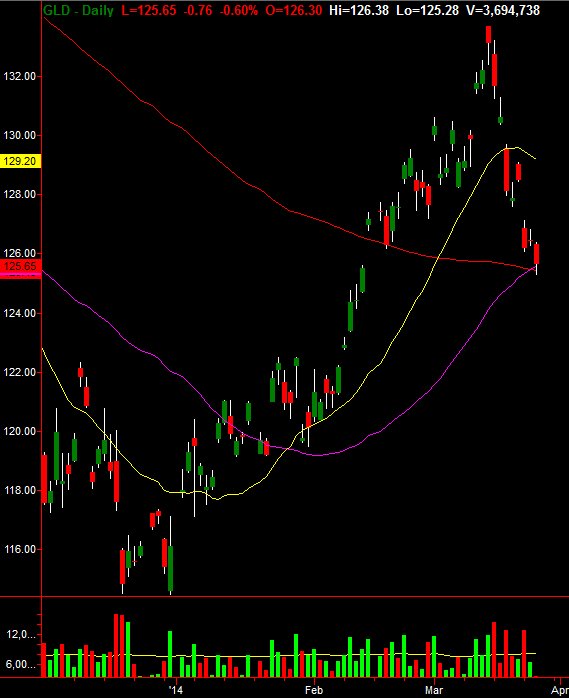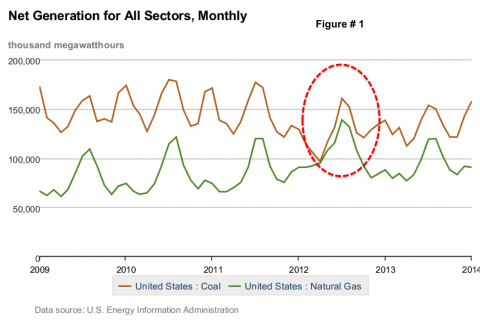Climateer predicts: The developing El Nino results in highest-in-a-century temperatures November 2014-May 2015. This will be a bit too late for the September
2014 NYC Climate Summit which, although intended to build momentum for the 2015 conclave in Paris ends up being a bit of a snoozefest.
The massive heat belch from the oceans sets the stage for a continuation of 'the pause' which turns into actual cooling when the AMO joins the PDO in its cool phase and the Sun quiets to a 'Dalton' (if not Maunder) minimum.
As we've seen, the majority of crop failures in Ukraine and Western Russia occur with the PDO cool. Wheat crop failure leads to reliance on Rye which because of the cooler (and wetter, see Finnish famine 1866-68 or Baltics 1315-1317) climate become infected with ergot leading to mass LSD-like love-ins.
As did the
Moche civilization during 535-595, the weather related agricultural stress leads to the complete overturning of the social order, revulsion with and rebellion against the political class and the disappearance of an entire society.
Or Something.
From Bloomberg BusinessWeek:
It’s hard to read about climate change. By that I mean, it’s
literally difficult to decipher the latest summary from the
Intergovernmental Panel on Climate Change (IPCC). The IPCC is the
international body set up in 1988 to assess the evidence, impacts and
future risks of climate change. Its latest report focuses on impacts,
adaptation and vulnerability, a topic it would behoove us all to
understand better.
The executive summary,
made public today in Yokohama Japan, is a slog to read, as one might
expect of a document that lists 70 “drafting authors,” but the message
is pretty clear: The effects of climate change are already being felt
everywhere, and no one will remain untouched. Here are five key points:
1.
Climate change is already having a negative impact on wheat and corn
yields. While some colder climes may benefit in higher yields as they
warm, overall crop yields for wheat, rice and corn are likely to fall,
and to vary more widely year to year, because of rising temperatures,
even as demand rises rapidly.
2. Deaths related to heat have increased, and deaths related to cold
have decreased as a result of warming. The report mentions heat-related
deaths as one of the key risks for North America and Asia.
3. For
North America, the other big risks highlighted in the report are:
deaths, property loss and ecosystem damage from wildfires; flooding in
urban areas on coasts and near rivers that will lead to property and
infrastructure damage; and lower water quality related to a rise in sea
levels, extreme precipitation and cyclones.
4. Fisheries are
likely to get redistributed as the oceans warm. Tropical countries are
expected to experience a drop in catches, hurting food security, income
and employment in affected countries. The worst hit areas, clustered
around the equator and also in polar regions, could see a decline in
catch potential of more than 50 percent from 2051 to 2060, compared with
the period from 2001 to 2010....MUCH MORE
You'll note our forecast is falsifiable within a decade, most folks alive right now will know whether it comes to pass or not.
Exactly what they teach you
not to do in junior prognosticator school.
Here are the Moche in our April 2008 post "
Food Riot Watch: Haiti. Just Wait for the Moche Climate*":
*From Wikipedia:
...There
are several theories as to what caused the demise of the Moche
political structure. Some scholars have emphasised the role of
environmental change. Studies of ice cores drilled from glaciers in the Andes reveal climatic events between 536 to 594 AD, possibly a super El Niño, that resulted in 30 years of intense rain and flooding followed by 30 years of drought, part of the aftermath of the climate changes of 535–536.[3] These
weather events could have disrupted the Moche way of life and shattered
their faith in their religion, which had promised stable weather
through sacrifices.
The BBC had a show on the Moche a while back. Here's what they say happened:
...If the weather on the coast was the opposite, then it suggested a 30-year El Nino - what climatologists call a mega El Nino – starting at around 560 AD, which was followed by a mega drought lasting another 30 years.
Such a huge series of climatic extremes would have been enough to kill
off an civilization – even a modern one. Here, at last, was a plausible
theory for the disappearance of the Moche. But could it be proved?...It turns out that the Moche adapted to the 30 years of floods and the 30 years of drought which followed.
They ended up killing themselves after surviving all that:
...Dillehay now put together a new theory. The Moche had struggled through the climatic disasters but had been fatally weakened. The leadership - which at least in part claimed authority on the basis of being able to determine the weather
– had lost its authority and control over its people. Moche villages
and and/or clan groups turned on each other in a battle for scare
resources like food and land. The Moche replaced ritual battles and
human sacrifices with civil war. Gradually they fought themselves into
the grave....









